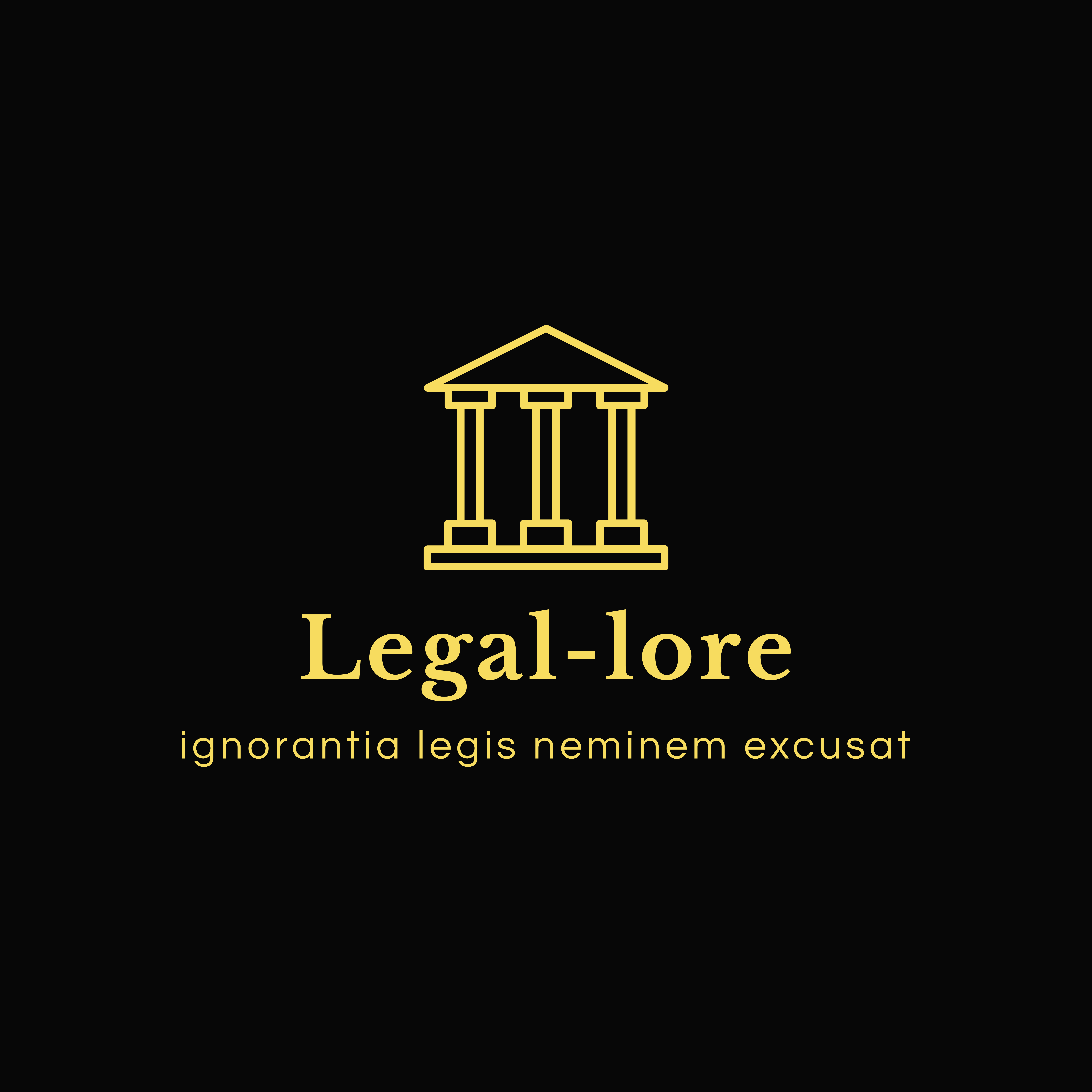EUTHANASIA: LEGALIZING MERCY KILLING
- Legal-lore

- Feb 3, 2022
- 4 min read
Euthanasia means ‘Mercy killing’. It puts forth a question before the criminologists and sociologists whether a person who is suffering from an incurable illness or disease be permitted to die prematurely (before his natural death).
DEFINITION OF EUTHANASIA:
The definition extracted from the Oxford English Dictionary incorporates suffering as a necessary condition, with "the painless killing of a patient suffering from an incurable and painful disease or in an irreversible coma”. The definition of euthanasia must includes four elements:
• an agent and a subject
• an intention
• causal proximity
• an outcome
Current position of Euthanasia and Physician-Assisted Suicide in India:
The legal status of PAS and Euthanasia in India lies in the Indian Penal Code , which deals with the issues of both active euthanasia and passive euthanasia, and also PAS. According to Indian Penal Code 1860, active euthanasia is considered as an offense under Section 302 or under Section 304.
The actual difference between euthanasia and physician-assisted death lies in who administers the lethal dose. Here it is usually done by a doctor or by a third person, But in PAS, it can be done by the patient himself. The legal position of PAS would fall under the abatement of suicide under Section 306 of IPC. So, anyone who is willing to consider euthanasia or PAS will have to go through the courts of law in India but there is no clear judgement by the courts to allow the PAS move ahead.
EUTHANASIA: A MURDER OR NOT:-
Euthanasia is one of the most ethical, medical and law issues that marked whole XX century and beginning of the XXI century, It was a debate of scientific and unscientific public to its supporters and opponents. The minute point which separates from impermissible deprivation of life as centuries has gradually moved in the work under legalization of euthanasia and towards the complete ban of euthanasia.
As Globally there are three main ways of regulating mercy killing. Where one group of countries deals with ordinary murder, As the second group reflects the view of privileged murder. Finally, in the third group euthanasia is decriminalized upon the fulfilment of prescribed conditions. The only problem is of till what extent is necessary to respect the life of termination of ill patients and respectively provide strong arguments.
So the opponents of the legalization of active euthanasia emphasize the holiness of life at all costs (which is supported primarily with arguments in Islamic and Christian religion, which prohibit any form of suicide), As its supporters believe that doctors has to end the life of an ill patient who is suffering.
Aruna Ramchandra Shanbaug vs Union of India:-Judgement Analysis:
In this case, Supreme Court held that passive euthanasia is allowed in India, but only under certain conditions which will be decided by High Court. So it's mandatory to take High court's permission before every case, It also provided guidelines for passive euthanasia, by the process of withdrawal of a life support system which ultimately can lead to that person's death.
Later in the year 2018, Supreme Court passed another order in the case of Common Cause v. Union of India:
In this case, the supreme court again passed an order and legalized passive euthanasia, by recognising right to die and dignity. The court here permitted to withdraw life support system in case of any terminal illness and in life long coma.
Thus, India is now one of the countries in the world which have recognized Passive Euthanasia. Though there ate loopholes in the execution of passive euthanasia. As after Shanbaug case, it was made mandatory to take High Court's permission before every case. Hence as seen in the both the sides, the issues involved need to be made the concept of passive euthanasia effective.
Important Case Laws In Determining Euthanasia Is Right To Die With Dignity Or Not:
Olga Tellis & others vs Bombay Municipal Corporation :In his case the court stated that suicide and euthanasia is not same. As suicide is taking one's own life himself without involvement of any other person, whereas in euthanasia other people are involved , who helps in mercy killing by withdrawing life support. Hence court held that euthanasia will not be covered under Section 309.
P.Rathinam Nagbhushan Patnaik vs Union of India,
Here the distinguishing of suicide from euthanasia and observed that the legal and other questions relatable to Euthanasia are in many ways different from those raised in suicide. So, justification for allowing a person to commit suicide cannot be played down or cut down of any encouragement to persons pleading for legislation of mercy killing.
The court, further clarified that self-killing is different from abetting others to kill themselves. The court observed that one of the objects of punishment is about the protection of society from the degradation of dangerous persons. As its Doesn’t matter in the case of society from the degradation of dangerous persons in case of suicide. Considered from this point of view, suicide is not an offense. Therefore, the arguments that by quashing section 309 IPC, Which makes attempts to suicide is a penal offense, section 306, IPC would also not survive and is not tenable.
CONCLUSION:
Deprivation of life from compassion throughout the history of humanity appears the attention of lawyers, doctors, sociologists around the world. As in certain stages of the development of civilization, it represents a permitted form of depriving another person's life, with strict prohibition. Today’s legislators basically occupying three positions, so, they prohibit euthanasia and equate it with ordinary or privileged murder, or allow it under the assumption of the meeting of prescribed requirements.
This article is written by Arokiya Mary.D of Kristu Jayanti College Of Law.
Comments